6 Things You’ll Never Do In Restaurants Again
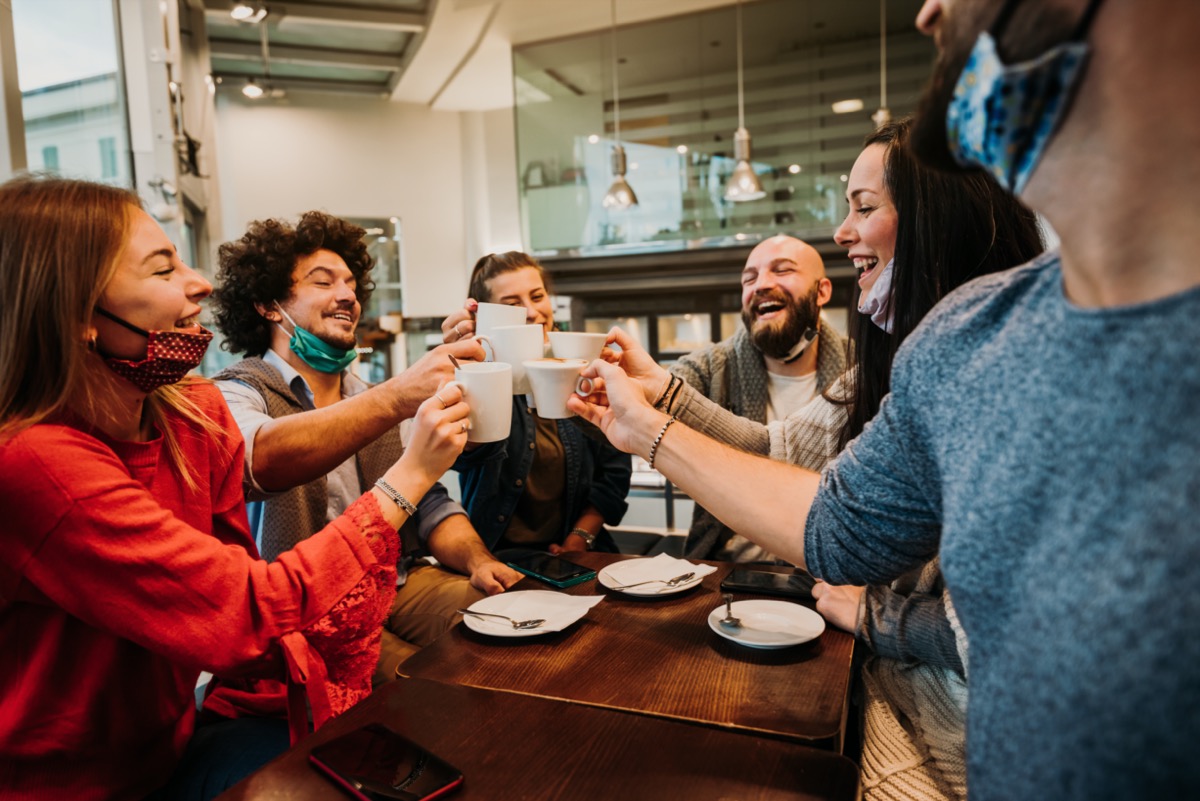
In a mere nine months, the COVID-19 pandemic has upended our lives. Still, it’s difficult to fathom an aspect of American culture that has been more greatly affected than dining out.
A shocking 17% of restaurants nationwide have closed their doors thanks to challenges presented by the pandemic and its related restrictions, while many have been forced to declare bankruptcy in their efforts to stave off the possibility of shutting down forever. (Although a few have actually been enjoying greater success.)
The restaurants that have remained afloat have had to pivot considerably in the name of common sense and compliance with the law—and mostly in the direction of increased restrictions. And based on all the changes this pandemic has forced on restaurants, there are some things that may never go back to the way they were.
Here are things you’ll likely never do again while dining out, even after the pandemic.
Related: The One Vitamin Doctors Are Urging Everyone to Take Right Now.
Help yourself to the salad bar or buffet
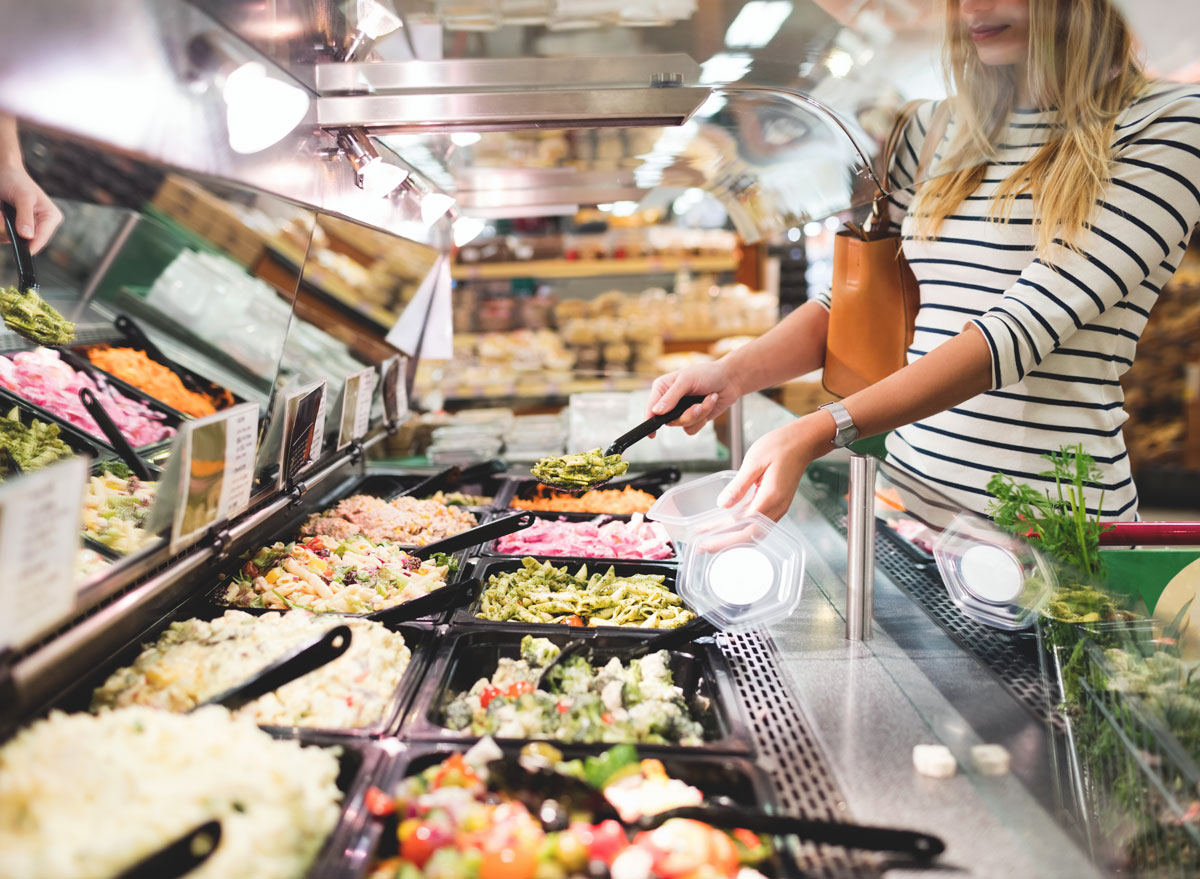
The COVID-19 pandemic has dealt a death-blow to salad bars and buffets, at least for the foreseeable future. Although the Centers for Disease Control and Prevention has made clear that COVID-19 spreads primarily from person-to-person through respiratory droplets in the air, it can, in theory, be spread through contact with surfaces on which respiratory droplets have landed. And that includes every surface you might touch when serving yourself at a salad bar or buffet, including shared serving utensils.
This video illustrates in terrifying detail how effectively the virus could spread from person to person in a self-serve context. A small amount of fluorescent paint was applied to the hands of one person—to represent the respiratory droplets that could remain on the hands of someone with the virus after reflexively covering a cough with their hands. Within 30 minutes of that person serving themselves at a buffet, the paint has found its way to every single person in the room, which could then easily spread to their eyes, nose, or mouths with a single touch.
Now consider that COVID-19 can survive for as long as 28 days on some surfaces, and ask yourself if you really want to partake in a salad bar or buffet at this point.
For more tips on staying safe in restaurants and grocery stores, be sure to sign up for our newsletter.
Linger over a leisurely meal
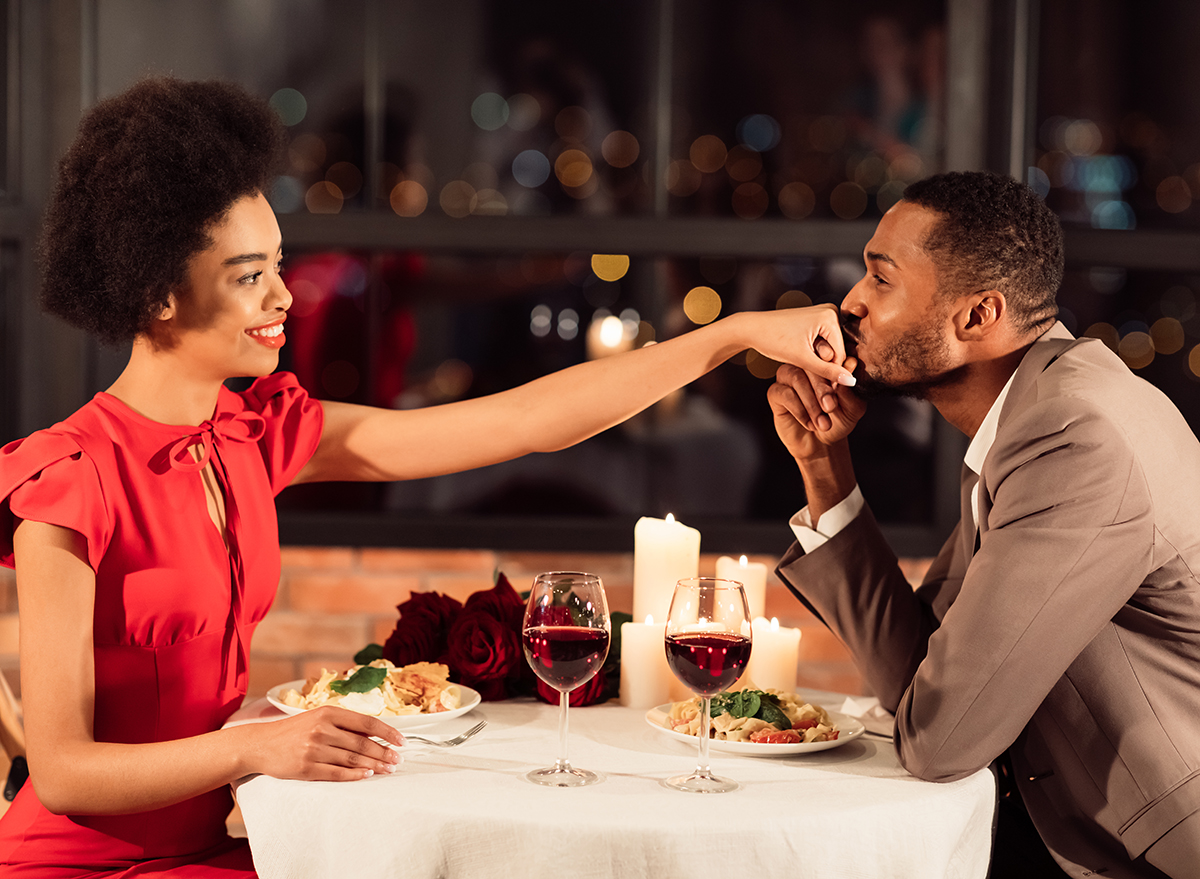
Remember back when an epic night out at a restaurant might have involved lingering for hours at the table, maybe even until the host informed you it was closing time? Sadly, for the foreseeable future, nights like that will have to remain as memories.
According to the CDC, limiting exposure to strangers remains integral to staying healthy, and the longer you remain in an enclosed, indoor space such as a restaurant, the longer you are leaving yourself exposed to the respiratory droplets of all the other people within that space. In fact, prolonged contact can increase the risk of transmission even in outdoor settings.
As a result, many restaurants around the country have now imposed time limits on how long you can linger at your table. And many states have imposed limits on how long restaurants are even allowed to stay open on a given night. How long these limits will remain in place is really anyone’s guess, so it’s probably best to get used to them for now.
Share a fun communal cocktail
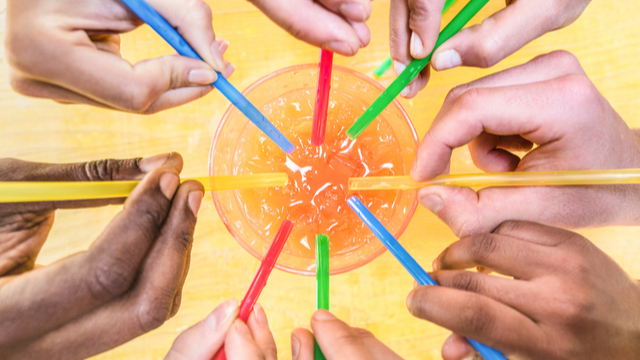
Group-slurping from an oversized, colorful, flower-strewn bowl of fruit-flavored booze is a celebratory tradition going back at least as far as the 1930s. And as much as imbibing alcohol isn’t the best thing we can do for our health (especially our brains), we can’t help but recall the fun we had sharing a “Scorpion Bowl” with friends. But for the present and foreseeable future, communal cocktails are a thing of the past.
It is now known that COVID-19 can be spread through shared drinks (and shared food). And as much as alcohol-based hand sanitizer can help contain the spread of the novel coronavirus, the presence of alcohol in a typical cocktail is far too negligible to protect you. In fact, we now know that even if you were to go so far as to rub straight vodka on your hands, it would not be effective in protecting you against COVID.
While some restaurants may still be serving communal cocktails, this is a practice best abandoned for now, since even if you know the people you’re sharing your drink with, they may not know if they’ve been infected. That’s why sharing drinks is just one of the 20 or so ways that you can catch COVID while dining out. If you need to find the silver lining in that, then do consider these 41 ways alcohol can do a number on your health.
Order from a physical menu
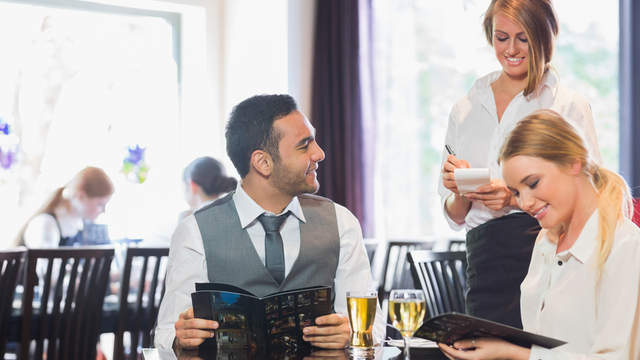
One of the first things to change in restaurants when the pandemic began was the way we perused the food choices. Since at the start of the pandemic, it was widely believed there was a high risk of spreading COVID-19 via hard surfaces, many restaurants immediately pivoted to replacing physical menus with QR-coded displays on tabletops—enabling customers to scan them with their smartphones to access a digital menu.
In some cases, restaurants have pivoted to allowing customers to order via digital menu, reducing the possibility of viral transmission between server and customer. While it is now known that COVID-19 is spread primarily through respiratory droplets in the air, the CDC has made clear that coronavirus transmission via “high-touch” surfaces is possible.
That’s why menus have all but disappeared, along with salt, pepper, and sugar dispensers, and shared creamer and condiment dispensers. In addition, we should expect to see less and less of touch-screen-driven ordering kiosks in fast-food restaurants.
Enjoy “dinner with the bartender”
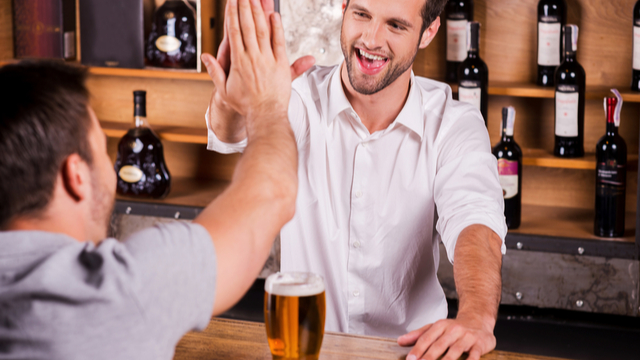
Once upon a time, dining solo didn’t mean you had to forego company. There was always the option of dining at the bar and exchanging pleasantries and small talk with the bartender-server. That dynamic has now been drastically altered thanks to the installation of plexiglass barriers between customers and bartenders (and sometimes between customers and other customers), as per CDC recommendation.
Here are 4 things restaurant hosts are no longer allowed to do as a result of the pandemic began.
Let the ballpit be your babysitter
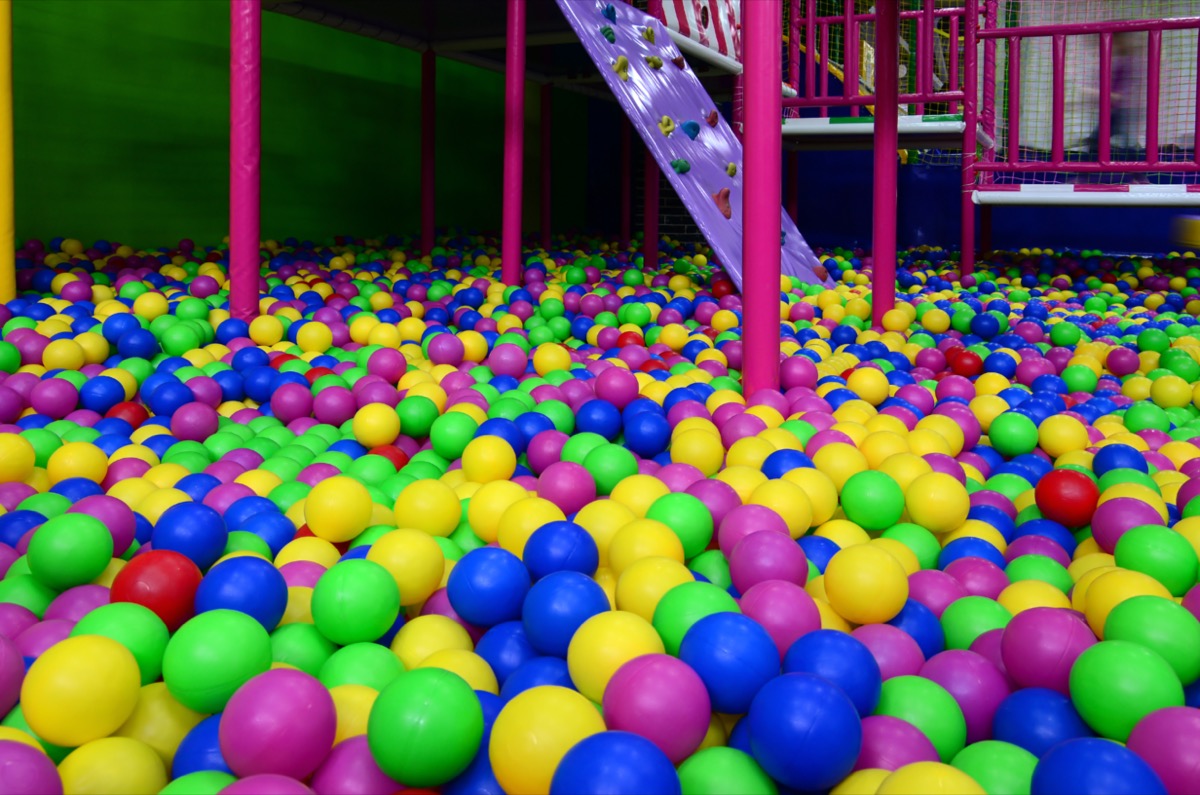
Indoor play-spaces were never exactly the cleanest places to let children play. In fact, long before the pandemic, they were known to be a breeding ground for germs, according to Annette Cameron, MD, a Yale Medicine pediatrician, who told Eat This, Not That! that “children who are harboring viruses and bacteria will cough, drool, sneeze, vomit, urinate etc. on or in these places, and then other healthy children will touch or mouth these object,” leading to the spread of infection.
Not surprisingly, McDonald’s closed its indoor PlayPlaces months ago, and CEO Chris Kempczinsk has stated that the future of this once-popular fixture of fast-food restaurants is looking bleak. Here’s what else you won’t be seeing in fast-food restaurants anytime soon, if ever.
And for more, check out these 108 most popular sodas ranked by how toxic they are.








